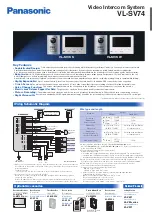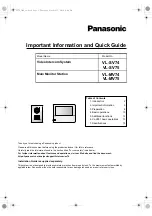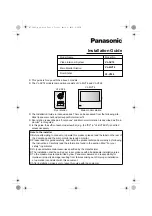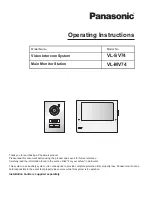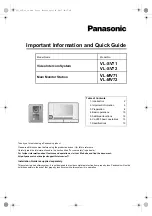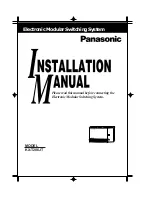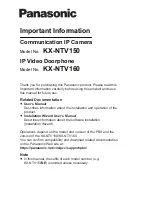
200W mezclador-amplificador /
mixer-ampliifier Manual del usuario / User's manual
10
INTRODUCTION
General
Thank you for purchasing this D.A.S. product.
This manual contains the required information to make the
best use of the system you have purchased. Please take the
time to read it.
NOTE: This manual covers serial numbers starting with 240000 and 81368 for
models DS-108A and ST-8A, respectively. On earlier units the 1/4”-XLR
combo line input was only 1/4”, and there was an insert loop before the line
output and the signal presence LED.
Features
•
2-way powered speaker system
•
DMAT (Discrete Monolithic Amplifier Technology) 150W
amplifier for the low frequencies and 50W for the high
frequencies
•
Active limiter system
•
Linkwitz-Riley crossovers for greater vocal clarity
•
Professional high frequency compression driver for
sparkling highs
•
Control electronics for maximum performance with a
minimum of adjustments
•
Power, signal presence and overload indicator lights
(LEDs) let you know what is going on
•
Built-in 2-channel mixer with line and microphone inputs
allows all-in-one operation for the most compact
applications
•
Balanced line output for daisy-chaining as many units as
needed
AMPLIFIER PANEL DESCRIPTION
A)
LINE : Controls the level for the LINE input.
B)
MIC : Controls the level for the MIC (microphone) input.
C)
LEVEL : Controls the system's main level, acting on the
microphone and line mix.
J)
SIGNAL : Signal presence indicator light. Shows signal
presence at the mixer output but before the main
LEVEL
control. Thus, it is dependent on the position of the
microphone (
MIC) and LINE controls.
I)
OVERLOAD : Amplifier saturation indicator light. When lit,
the level of the enclosure or the signal sources should be
reduced.
G)
LINE OUT : This 1/4” (6.35 mm) line output is used to send
the built-in mixer output signal. As many units as required can
be daisy-chained. It can also be used to feed a power
amplifier. It is located before the main
LEVEL control, and thus
this control can be used as the level control for each system
within a group of daisy-chained systems.
D)
LINE INPUT : 1/4” (6.35 mm) and XLR (Cannon) combo line
input. Plug in line sources such as mixers, keyboards, CD
players, audiocassette or video players. This input has two
sets of three pins for which pin assignments are as follows:
1/4”
Sleeve = GND (Ground)
Tip = (+) non-inverted signal
Ring = (-) inverted signal
XLR
1 = GND (Ground)
2 = (+) non-inverted signal
3 = (-) inverted signal
Pins on the 1/4” connector are paralleled with the appropriate
pins on the XLR connector.
F)
MIC GAIN : Controls the input gain for the microphone input
to accommodate different microphone sensitivities. Factory
set to mid position.
E)
MIC : Microphone input via an XLR (Cannon) connector.
Plug in any microphone that does not require phantom
powering. This input has three pins for which pin assignments
are as follows :
1 = GND (Ground)
2 = (+) non-inverted signal
3 = (-) inverted signal
This input also doubles as a second line input, for which you
will need to bring the input gain down by adjusting the
MIC
GAIN control.
M) Power switch : Turns the unit on ("|" position) or off.
K) AC input: standard IEC male connector. Plug the mains
cable here.
L) Fuse.
P) Power-on indicator light (at the front of the box).
QUICK GUIDE
Preparation
Read the safety warnings carefully. These can be found at the
beginning of this manual.
Ensure that the power switch is at the off position ("o").
Plug the IEC female connector on the supplied mains cable to
the enclosure.
Plug the other end of the mains cable to a grounded mains
outlet.
Connections
Rotate the microphone (
MIC), line (LINE) and main (LEVEL)
level controls fully anti-clockwise (
MIN position).
If you wish to use a microphone, plug the microphone cable
into the female XLR input (
MIC).
If you wish to use a line level source (e.g., from a mixer, CD,
VCR or keyboard), plug it into the combo XLR-1/4” input
labelled as
LINE INPUT.
If you wish to daisy chain the line signal to a number of units,
























